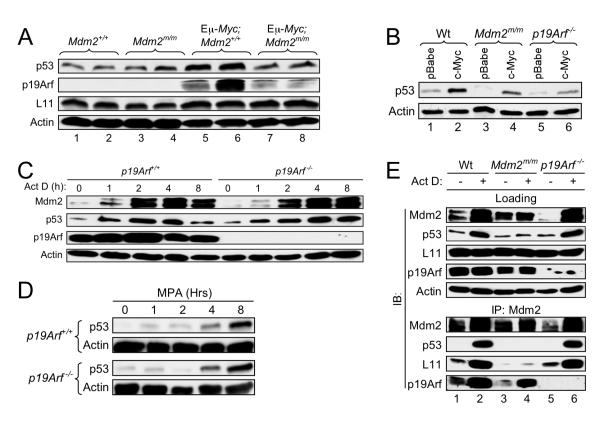Figure 6. p19Arf is dispensable for p53 response to nucleolar stress.
(A) Oncogenic c-Myc induction of p53 in Mdm2C305F mice. Extracts from spleens of 4-week-old, non-tumor bearing Eμ-Myc;Mdm2+/+ and Eμ-Myc;Mdm2m/m transgenics as well as from their non-transgenic counterparts were analyzed for p53, p19Arf, and L11. Two mice are used in each group.
(B) Myc induction of p53 in the absence of p19Arf. Early passage wild type, Mdm2m/m and p19Arf−/− MEFs were infected with retrovirus expressing either pBabe vector or pBabe-c-Myc, selected by puromycin for 3 days, then allowed to recover for 48 hours before harvesting for western analysis.
(C) Early passage wild type and p19Arf−/− MEFs were treated with 5 nM Act D and harvested at the indicated time points. Cell lysates were analyzed for indicated proteins.
(D) p53 response to MPA in p19Arf−/− MEFs. Early passage wild type and p19Arf−/− MEFs were treated with 2 μM MPA for 12 hours, then harvested and analyzed for p53.
(E) L11-Mdm2 and p19Arf-Mdm2 interaction in Act D treated MEFs. Early passage wild type, Mdm2m/m and p19Arf−/− MEFs were treated with 5 nM Act D for 4 hours. Cell lysates were immunoprecipitated with anti-Mdm2 antibody and immunoblotted as indicated. Loading represents 5% of total lysate used for IP.

